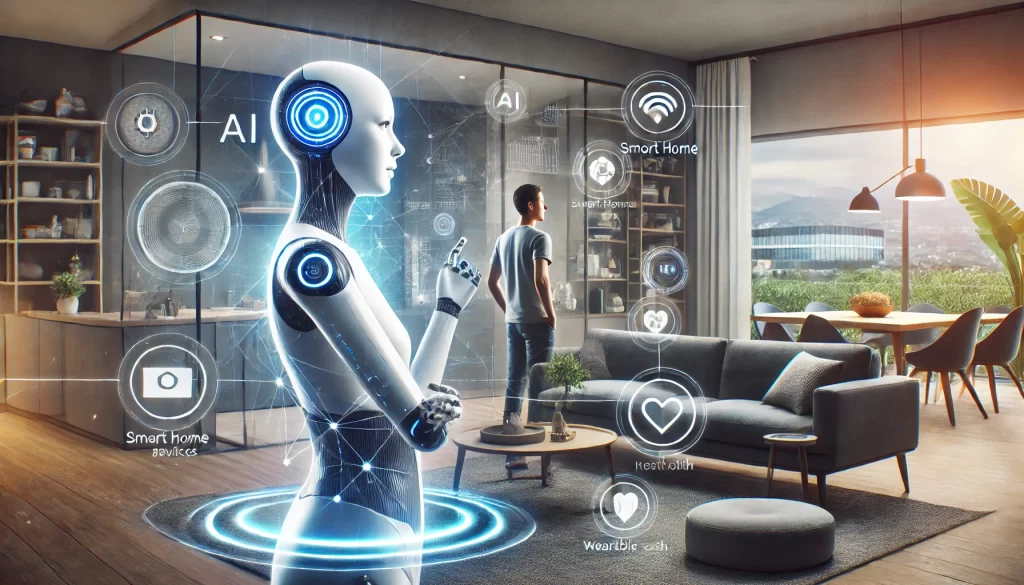
AI companions have emerged as transformative tools for personal and professional life, yet their full potential is still unfolding. While they provide unprecedented convenience, adaptability, and emotional support, they also come with a range of technical, ethical, and societal challenges. This final article in the series explores the current limitations, opportunities for innovation, and the path forward for AI companions.
Current Challenges
Technical Limitations
- Context Understanding: While AI can process vast amounts of data, it struggles with understanding nuanced context in conversations.
- Example: Misinterpreting sarcasm or emotional subtext.
- Learning Efficiency: Current AI systems require extensive data and computational resources, limiting scalability for personalized use.
- Context Understanding: While AI can process vast amounts of data, it struggles with understanding nuanced context in conversations.
Trust and Privacy
- Collecting and analyzing personal data raises concerns about security and misuse.
- Users may hesitate to share sensitive information with AI companions, fearing breaches or unauthorized use.
Over-Reliance
- Dependence on AI for emotional or practical support could reduce human problem-solving skills and social interactions.
- Example: Relying on an AI companion for mental health support without seeking professional help.
Bias and Inclusivity
- AI systems often inherit biases from their training data, potentially alienating certain user groups.
- Example: Voice assistants that struggle with non-standard accents.
Regulatory Gaps
- Rapid AI advancements have outpaced regulatory frameworks, leaving questions about accountability, safety, and transparency unresolved.
Opportunities for Innovation
Advancing Emotional Intelligence
- Multimodal Emotion Detection: AI companions can combine facial expressions, tone of voice, and text sentiment to better understand user emotions.
- Dynamic Responses: Emotional AI could adapt interactions based on user mood, such as offering uplifting conversations during low-energy periods.
Seamless Integration with IoT
- Unified Ecosystems: AI companions can act as central hubs, managing smart home devices, wearables, and other IoT systems.
- Proactive Assistance: For instance, an AI companion could turn on relaxing music and dim lights when it detects stress signals.
Cross-Cultural Personalization
- Training AI on diverse datasets to better understand cultural nuances, language differences, and unique user needs.
Healthcare Applications
- Chronic Disease Management: AI companions can monitor and remind users about medication schedules or provide dietary recommendations.
- Mental Health Support: Enhanced AI systems can detect early signs of mental health issues and recommend appropriate resources or professionals.
AR/VR Integration
- Immersive environments powered by AI companions could provide new ways to learn, collaborate, and relax.
- Example: A virtual AI assistant guiding meditation in a calming VR environment.
The Role of Developers and Designers
To ensure AI companions remain beneficial and accessible, developers and designers must:
Focus on Transparency:
- Clearly communicate how data is collected, stored, and used.
- Allow users to manage and delete personal data easily.
Address Accessibility:
- Design systems that accommodate diverse abilities, languages, and cultural backgrounds.
- Ensure that AI companions are intuitive and user-friendly.
Implement Ethical AI Practices:
- Regularly audit AI models to identify and mitigate biases.
- Follow responsible AI principles that prioritize user well-being.
Future Trends
Hyper-Personalization
- AI companions will evolve to anticipate user needs before they arise, offering solutions in real-time.
- Example: Suggesting a water break during long work sessions based on activity data.
Collaborative AI
- AI companions could work alongside other AI systems, creating a networked intelligence that amplifies capabilities.
- Example: A healthcare AI coordinating with fitness trackers and medical platforms for holistic care.
Ethical AI Frameworks
- Governments and organizations will likely establish comprehensive frameworks to ensure safe and fair use of AI companions.
- Example: AI ethics boards or certifications for consumer trust.
Blurring the Line Between Virtual and Real
- With advancements in AR and VR, AI companions may become visually present, enhancing their role as virtual friends or colleagues.
Case Study: AI in Elderly Care
AI companions like ElliQ are paving the way for practical applications in elder care. Designed to reduce loneliness, ElliQ provides reminders, companionship, and connectivity to family members. This application highlights how AI companions can address societal challenges while improving quality of life.
Conclusion
AI companions represent a promising step toward a future where technology enhances human life in meaningful ways. By addressing current limitations and embracing innovation, we can unlock their full potential while maintaining ethical and practical safeguards. As the field continues to evolve, collaboration among developers, users, and policymakers will be essential to shaping AI companions that are not only intelligent but also empathetic, inclusive, and trustworthy.
This concludes our series on AI as a personal life companion. As AI continues to integrate deeper into our lives, it’s up to us to ensure that this relationship remains balanced, ethical, and beneficial for all.

